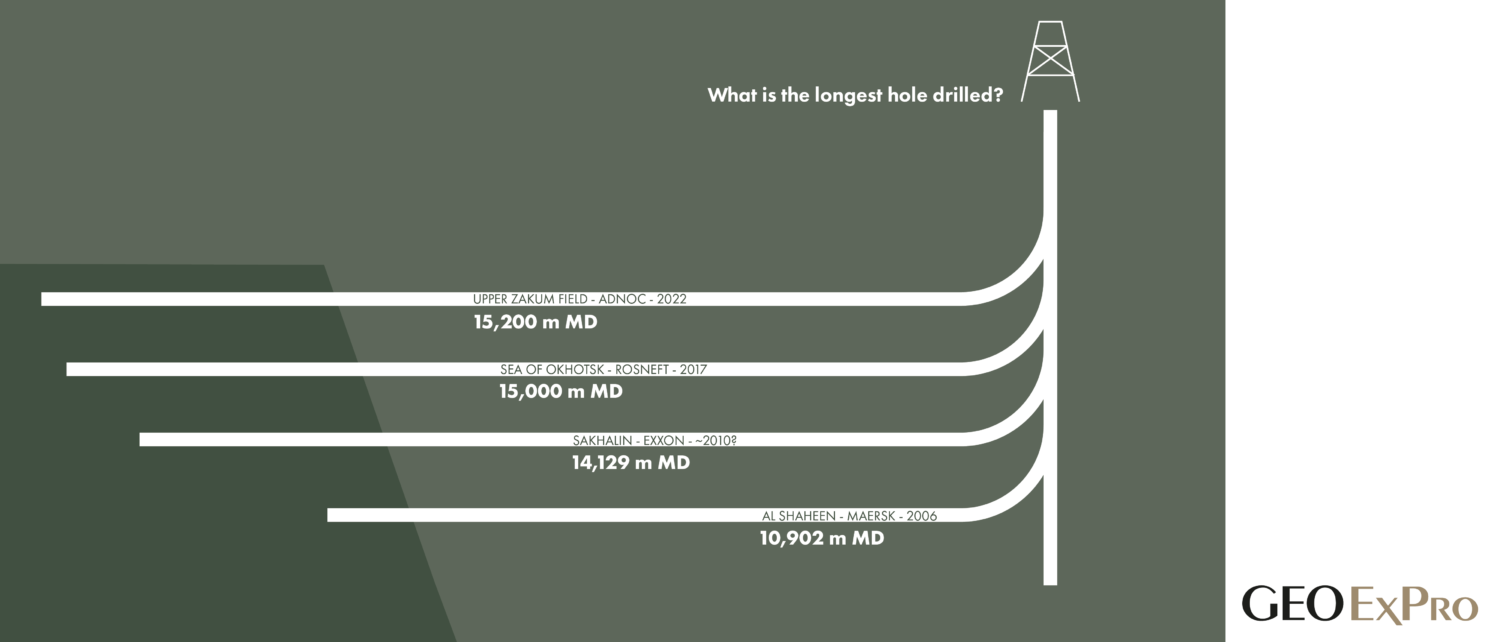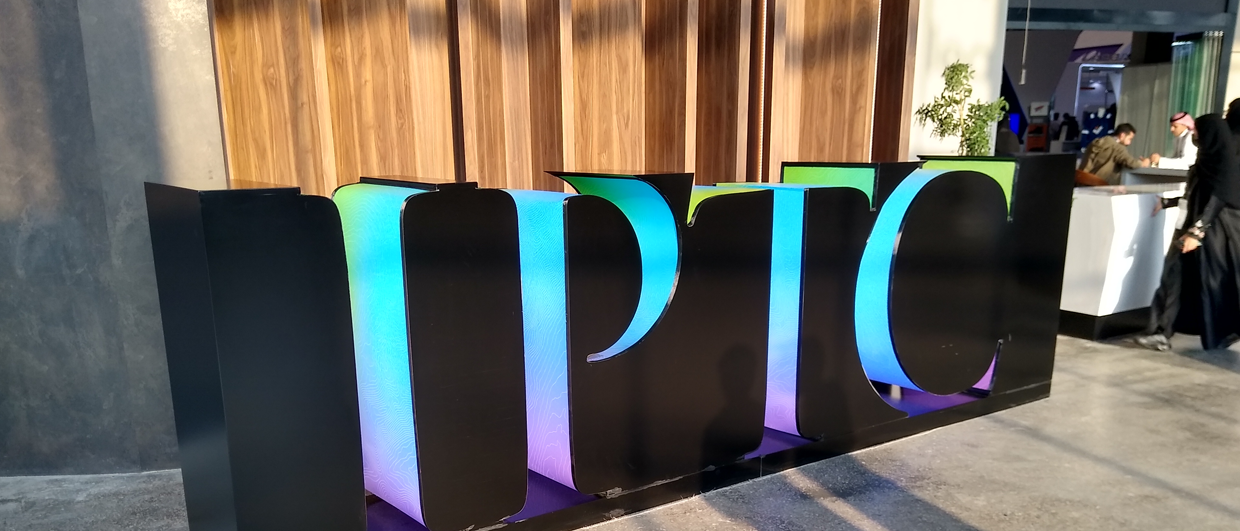Lundin Norway AS stated in a press release today that the most talked-about discoveries of the Barents Sea in 2013 and 2014, the 7120/1-3 ‘Gohta’ and 7220/11-1 ‘Alta’ discoveries on the western part of the Loppa High, are no longer economically large enough for a stand-alone development.
The karstified reservoirs in Late-Paleozoic carbonates have proved challenging. The Alta and Gohta discoveries host a complex reservoir, where several kinds of carbonate porosity including karst all add up to the reservoir quality. Especially Gohta has proven troublesome, with non-successful delineation wells.
Recently acquired high specification Topseis seismic of the area, together with a well test campaign of 2018, finalized in a downward reserve adjustment of the Alta discovery. Lundin still has high hopes for the Barents Sea’s undiscovered resources and will continue its exploration of the Loppa High area this year.
Another option for the development of the discoveries is a tie-back to Johan Castberg, which will start its production in 2022 according to plans. Another karstified carbonate discovery, 7220/6-2 ‘Neiden’ is awaiting further delineation.
Text: TERJE SOLBAKK



